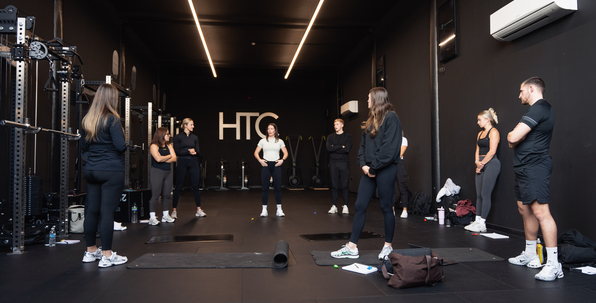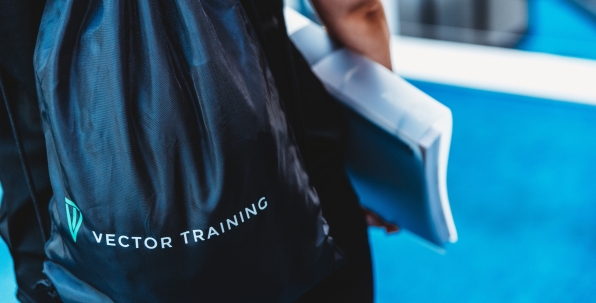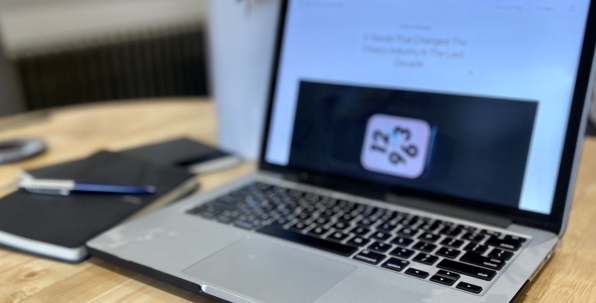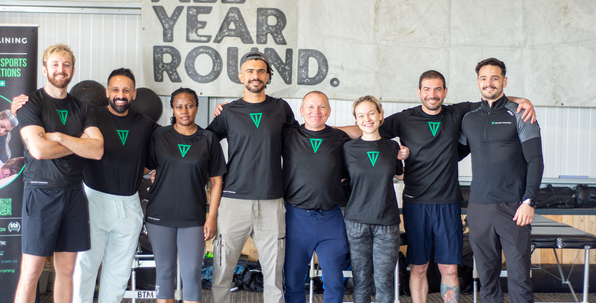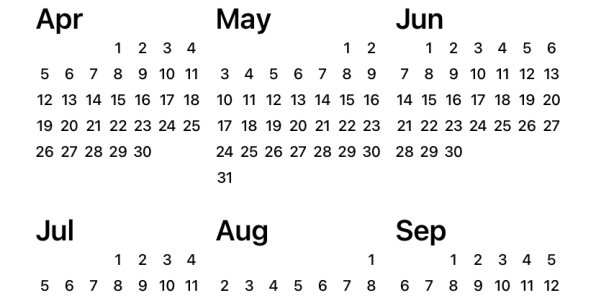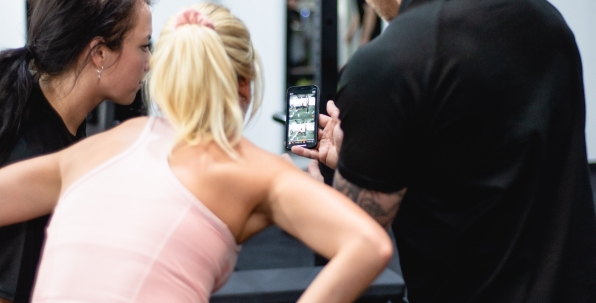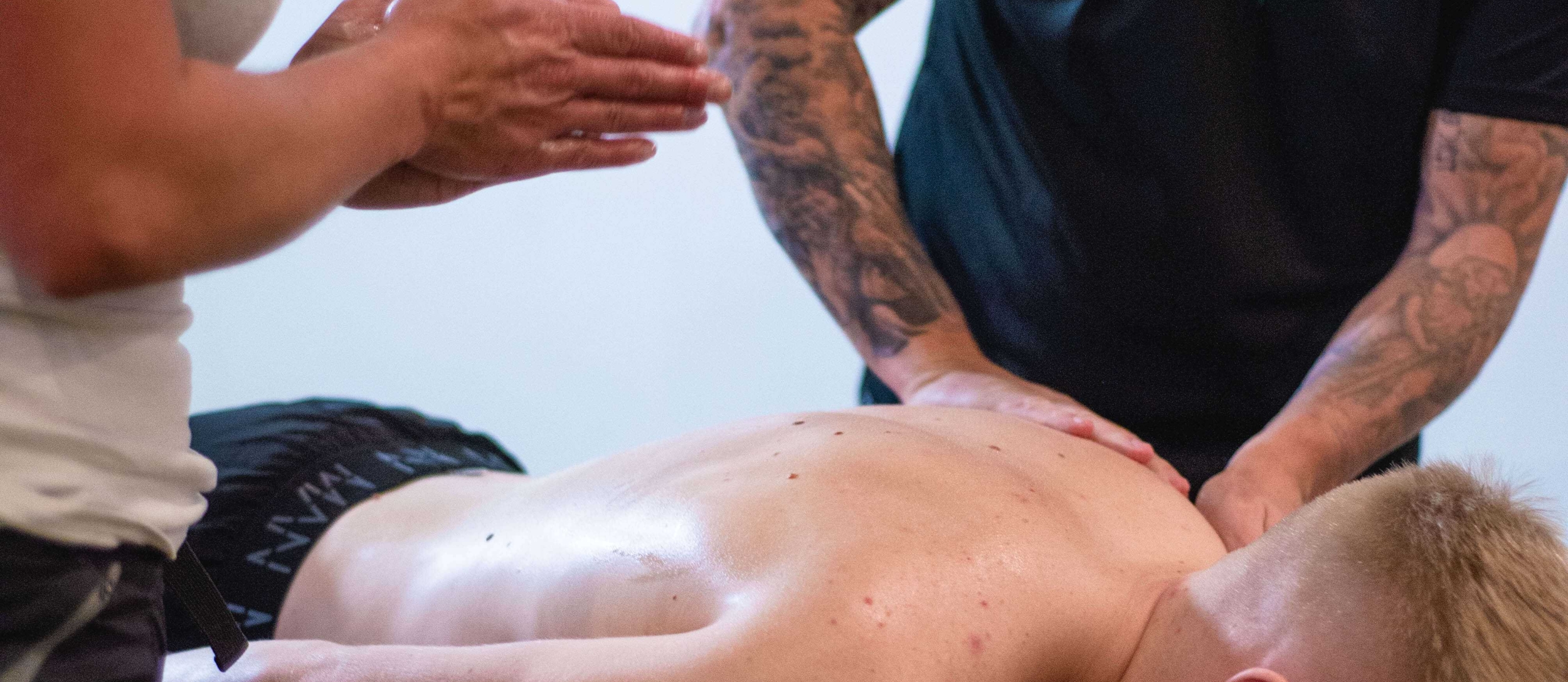Sports massage therapy continues to become a skill in demand within the sports and fitness sector. Sports Massage Therapists have seen their services increased in demand in recent years, with gym goers to professional athletes looking to them to treat and prevent injuries they pick up from training.
As well as putting together some quick details on becoming a Sports Massage Therapist, we also caught up with Danielle Gray from Grays Sports Therapy and Massage to hear her experiences working as a Sports Massage Therapist. Danielle told us her journey into the profession and what it takes to set up and run your own Sports Therapy and Massage business.
Key points to consider.
Qualification
Level 3 Diploma in Sports Massage Therapy:
This course can take around 3 months and involves face-to-face delivery and home study. This is an ideal qualification for those first starting their journey into the profession that delivers all the required knowledge. Those qualified can also become insured to practice as a Sports Massage Therapist.
You may also then want to become part of an association. This can add value to your practice as you'll be updated throughout the industry and get cpd opportunities. It'll also help with credibility with your potential clients.
You may find though that associations want their members to be qualified to at least Level 4 in 2022 and beyond. At Vector, we also deliver the level 4 sports massage therapy course and learners can book to study both the level 3 and level 4 as a package.
You can see the units covered in the level 3 qualification and how they are assessed here.
Skills
Good communicator and people person:
You will need to be a good communicator and enjoy working with people. Therapists will have to communicate regularly with their clients and build a comfortable environment to treat their clients effectively.
Therapists also need to be adaptable:
Working as a Sports Massage Therapist will provide many challenges, especially if working with sportspeople or sports teams, where facilities may change from week to week.
9-5?
Some therapists may work 9-5 but often therapists will work a variety of hours in the week, including weekends to accommodate their clients’ needs. Being part of a sports team support staff will often mean working in the evenings and weekends, and if you are treating occasional gym goers, they will often seek your services outside of their own 9-5 working pattern.
Potential income
Sports Massage Therapists on average, charge between £5-40 per hour. So there is plenty of potential to make a really good living without working excessive hours. 20 hours a week at £35 works out at over £33k.
Danielle Gray, Grays Sports Therapy and Massage
We caught up with Danielle from Grays Sports Therapy and Massage to hear how she finds running her own business.
Your background and how did you get into this role?
"I’ve always played sport myself; since I was 4 years old I was playing rugby at the local club, so I’ve always been involved and taken a keen interest in all things sport…
At college I did a Level 3 BTEC in sport and sports massage was one of the units we covered. I wasn’t sure what I wanted to do in the future but I really enjoyed that unit and then did some research around it and found the sports massage therapy course."
You’ve recently finished a degree in sports therapy, how did completing your sports massage therapist qualifications help you with your university studies?
"Yeah, it really helped. I learned so much on my massage diplomas, especially the practical elements on how to massage and treat injuries."
How have you found building your own massage therapy business?
"Very daunting – I’ve never been a massively confident person and I was nervous when I first started but once you settle in and get used to it everything is fine. I used go to questions I used to break the ice and it really helped me at the start of the business when I was first getting clients onboard."
How have you found the financial side of things, marketing online etc?
"I did lot of research online and looked at other clinics when it came to pricing. I looked the average prices in this area that my clients are from. In terms of social media I run the Instagram page myself and that’s where I get a lot of my clients who have seen my posts and recommendations. I don’t have a website at the moment as the majority of my clients come from social media and word of mouth."
What sort of content do you use on social media?
"I post stories around availability and features on which I’ve been working with but I also try to provide informative posts too like what actually is a muscle knot, as an example."
What’s the most rewarding part of the job?
"Probably working with clients from the start of their journey and seeing how not only their bodies changing but how they’ve improved mentally too through regular treatment…. They often come here in pain and after regular treatment you can see their mood change and that’s really rewarding for me to know I’m having a positive impact."
Where else have you worked/gained experience?
"I work with a professional rugby league club called Leigh Centurions. I’ve been training twice a week with the club, doing massages for the players in the week."
What’s your biggest piece of advice for those starting out as a massage therapist?
"Have a good read around it. Have a look at the local area, other clinics and therapists and try to understand the demand. Try to gain as much point of views you can for advice. I’m still learning and I’ve been doing this for 2 years."
Danielle Gray
Grays Sports Therapy and Massage

